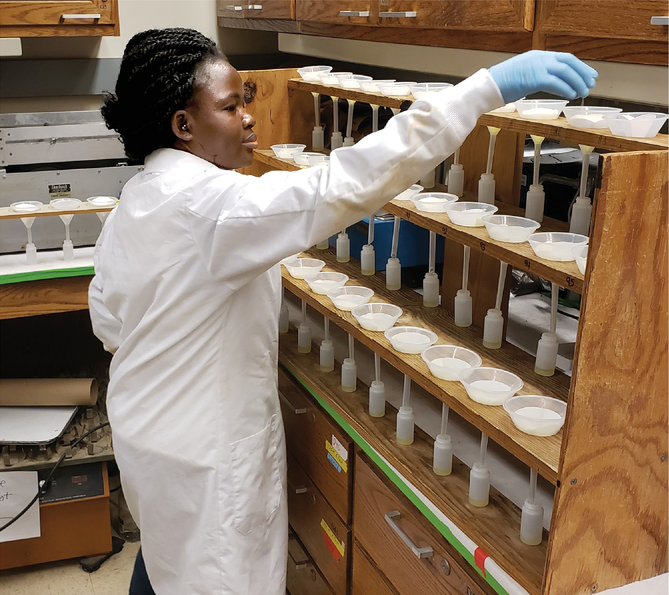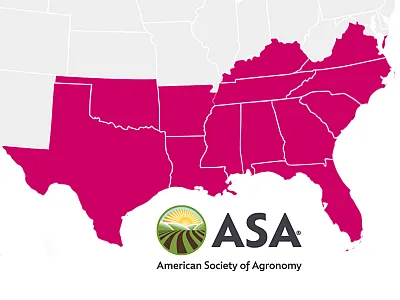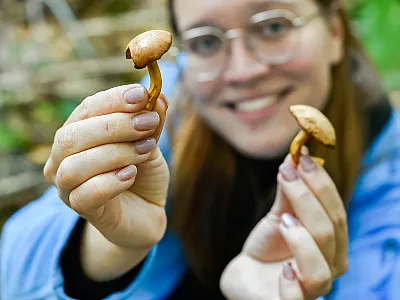Cover Crop Species Impacts Phosphorus Losses

Using cover crops in the Mississippi River Basin is one of the most efficient ways to mitigate nitrate loss and erosion in tile-drained landscapes. However, information about how cover crops impact phosphorus loss via surface runoff is inconsis- tent or lacking in the scientific literature; current studies focus on short-term (less than five years) continuous cover crop
growth.
In a recent article in the Journal of Environmental Quality, researchers focused on the long-term (nine years) impact of cover crops on the potential of soil to release dissolved reactive phosphorus (DRP) at the surface. The treatments included cereal rye, annual ryegrass, a radish–oats mixture, and no cover crop. Soil samples were shaken with dilute calcium chloride solution for five hours to determine the concentration of DRP released. The results showed that long-term annual ryegrass and cereal rye released a lower concentration of DRP than the radish–oats mixture and no cover crop.
The findings indicate that all cover crop species are not equal as it relates to their impact on phosphorus losses at the soil surface.
Adapted from Dada, A.O., Armstrong, S.D., & Smith, D.R. (2022). Phosphorus sorption and desorption as impacted by long-term cover cropping at two soil surface depths. Journal of Environmental Quality. https://doi.org/10.1002/jeq2.20435
Text © . The authors. CC BY-NC-ND 4.0. Except where otherwise noted, images are subject to copyright. Any reuse without express permission from the copyright owner is prohibited.













